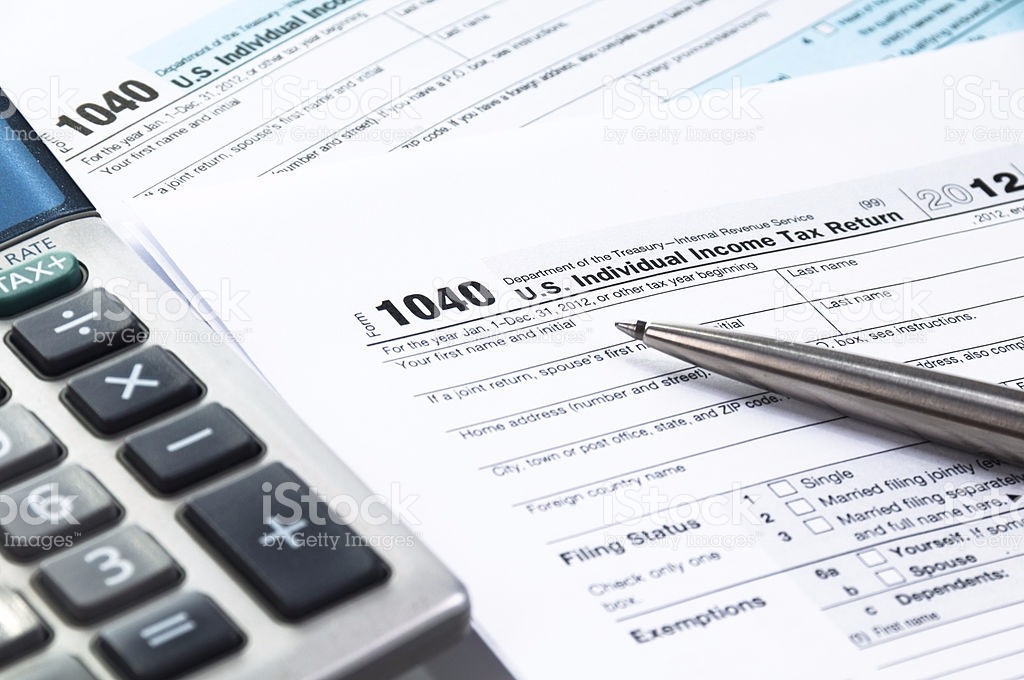AARP Eye Center
Tax Reform: Don’t Count Your Tax Savings Too Soon
By Gary Koenig, Maxim Shvedov, November 15, 2017 06:53 PM

If you’ve been following the twists and turns of the ongoing tax reform efforts moving along in Washington, you’ve likely noticed proponents often repeating a particular theme: tax cuts for middle-class Americans. But tax policy is rarely simple, and it is important to look beyond the headlines to understand if this is really the case.
How do Americans age 65 or older fare under the proposed legislation? In an effort to understand the implications of the tax proposals for Americans 65+, particularly those within the middle class, the AARP Public Policy Institute asked the Institute for Tax and Economic Policy (ITEP) to analyze the House of Representatives bill using its microsimulation tax model (ITEP modeled the bill as initially introduced before it was modified by the Ways and Means committee).
The analysis suggests that the actual impact on older families would vary in 2018—and may even worsen over the long-term, including for many who initially benefit. Many taxpayers age 65+ do indeed get some tax relief, but others end up paying higher income taxes than they pay today. In short, everyone needs to look at their own situation to understand where they would end up at the end of the road. Relying on widely publicized averages from the headlines may lead to a big and unpleasant surprise when the tax bill for 2018 arrives.
Let’s look at some specifics for various income brackets. About half (51 percent) of taxpayers age 65+ with incomes below $23,400 would see no change in their income taxes for 2018. The other half (49 percent) in this income class would see an average income tax cut of $90 per year, or $7.50 per month.
Age 65+ taxpayers at higher income levels, meanwhile, would receive more meaningful tax relief, yet some among them would see tax increases. For example, 5 percent of older taxpayers with income between $40,750 and $65,150 (the middle income quintile for all taxpayers) would experience a tax increase of $1,270 on average in 2018.
Overall, 20 percent of taxpayers 65+ or 6.3 million would either see no change or experience a tax increase in 2018 as a result of the House tax bill (1.2 million get a tax hike and 5.1 million would see no change). Among taxpayers 65+ with income below $65,150, the percentage with no tax change or a tax hike rises to 29 percent.
Things get worse going forward. According to ITEP’s projections, by 2027, 37 percent of taxpayers 65+ with incomes below $65,150 would either see no change in their income taxes or experience a tax increase compared to under current law.
The estimated percentage of all taxpayers 65+ experiencing a tax increase would more than triple from 4 percent to 14 percent over 10 years. In other words, 4.9 million taxpayers who are in their mid-fifties or older today would be paying higher taxes in 2027 than they would have under current law. Add to this group the 5.3 million who would see no tax change, and the total number of taxpayers not receiving a tax cut rises to 10.2 million in 2027 (from 6.3 million in 2018).
A number of changes in the tax bill would drive the trend toward higher taxes for a growing share of older taxpayers. Some, such as elimination of the deduction for medical expenses, State and local income or sales taxes, and the deduction for the blind and persons age 65 and over, may have an immediate negative impact. Others, such as the new family credit, provide only temporary relief before disappearing after 2022. Yet still others, such as changes to the way tax parameters are adjusted for inflation, would continue to increase taxes indefinitely.
The bottom line is that even those who would benefit from the tax bill today may see their benefits dwindle and turn into tax increases before long.























































